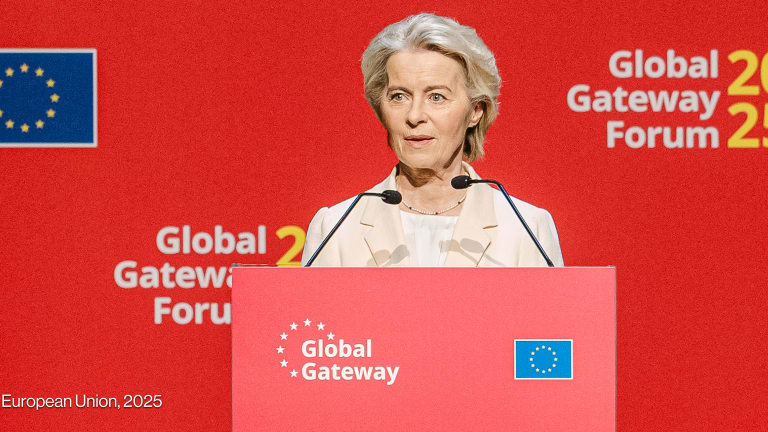We have entered a perilous time for international solidarity and global health, precipitated by significant cuts in foreign aid by the U.S. government earlier this year, and a widespread reduction in official development assistance, or ODA, from multiple donor governments.
Global health institutions, or GHI, face an existential crisis: The U.S., which contributed nearly one fifth of the World Health Organization’s budget, has withdrawn from the organization; it has said this week that it will no longer contribute to Gavi, the Vaccine Alliance; and the future of the U.S. President's Emergency Plan for AIDS Relief, or PEPFAR, is in doubt after many of its projects were suspended.
Given that the U.S. contribution to global health assistance represents 42% of the total from major donor governments, these recent cuts exposed the risks of a system heavily dependent upon a single donor, and sovereign nation.









